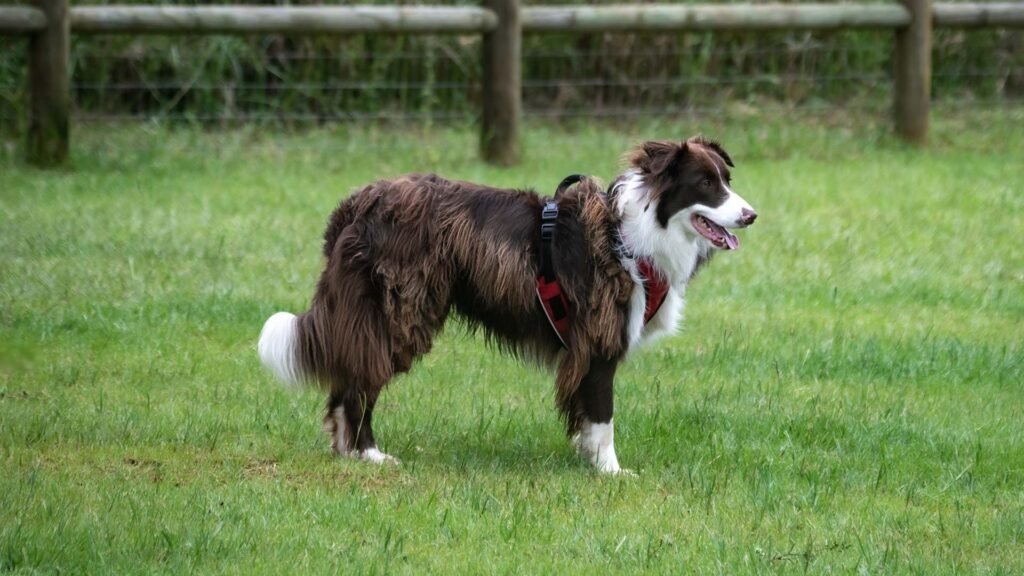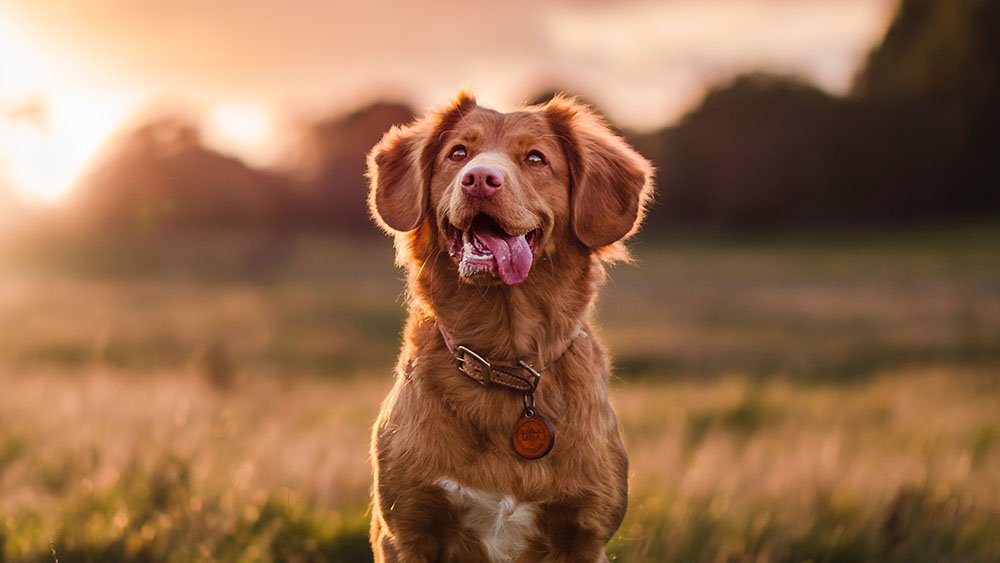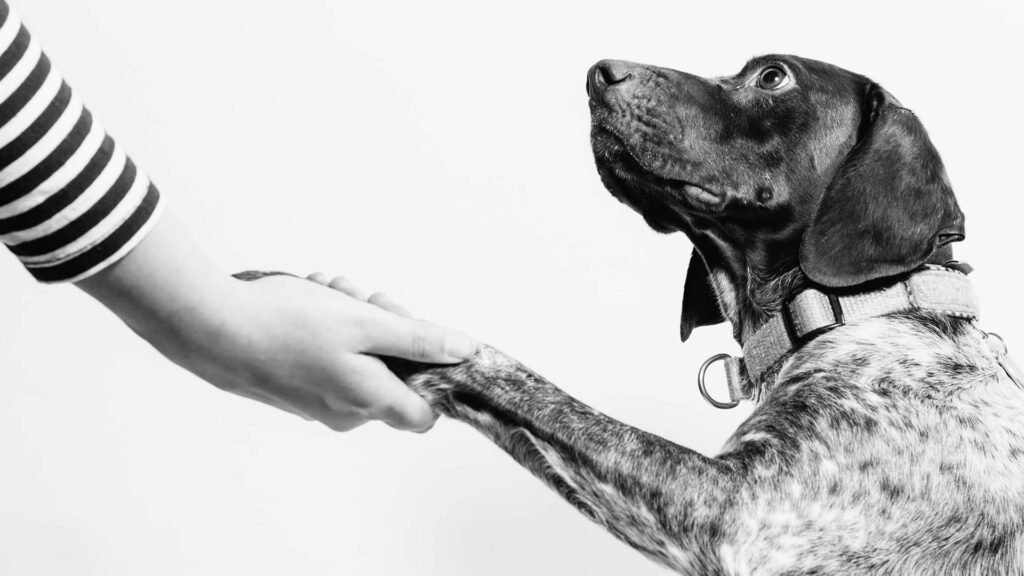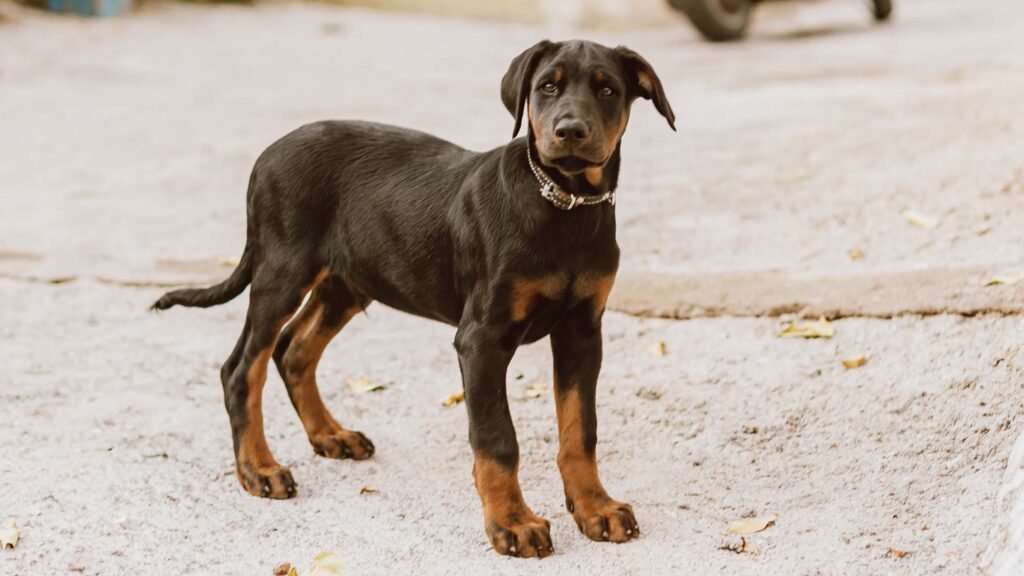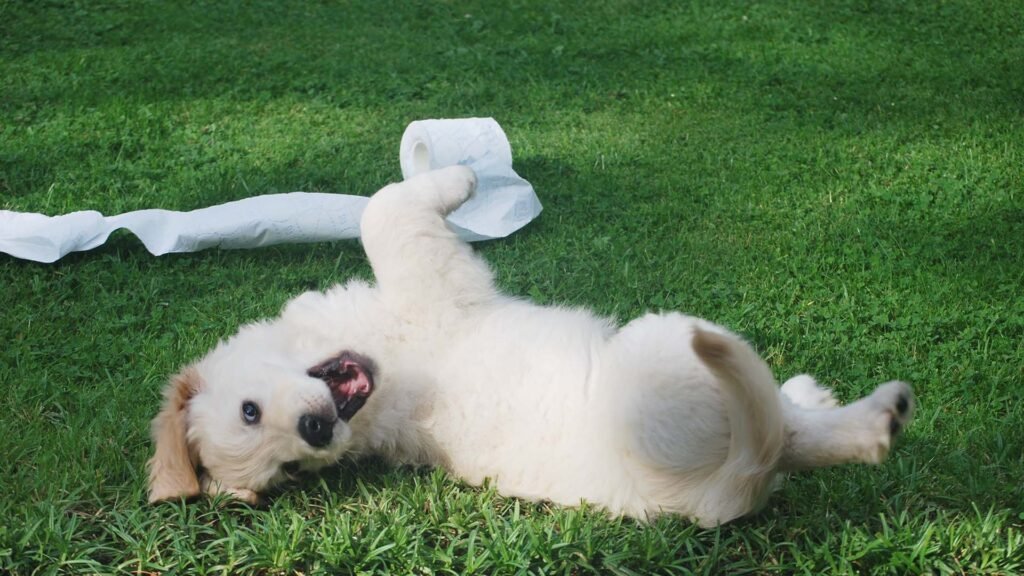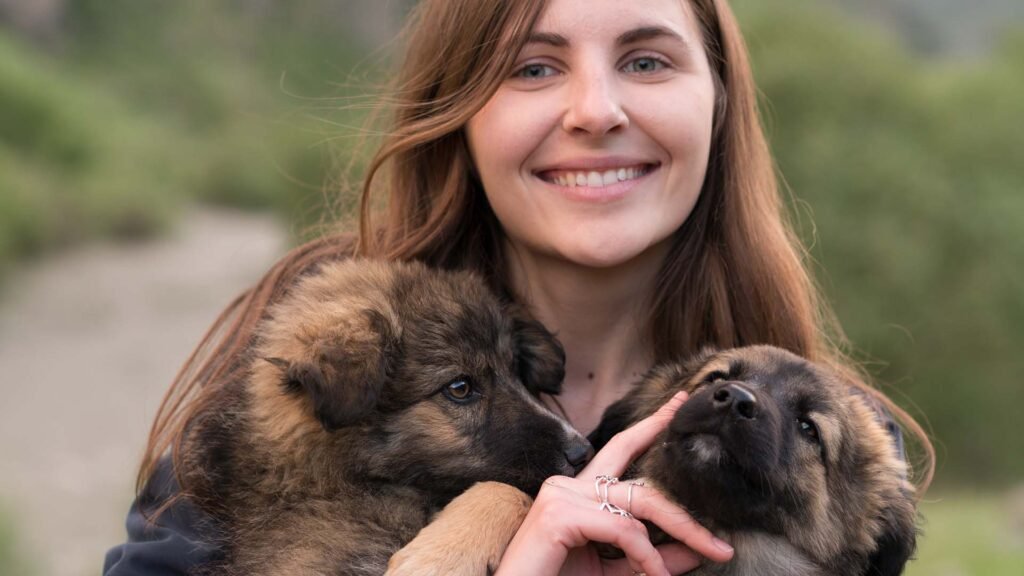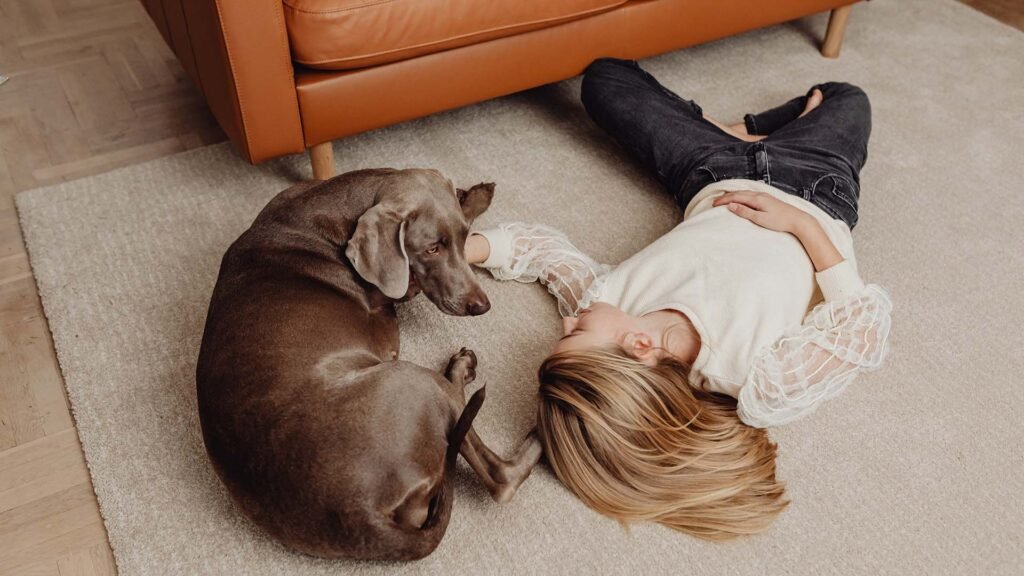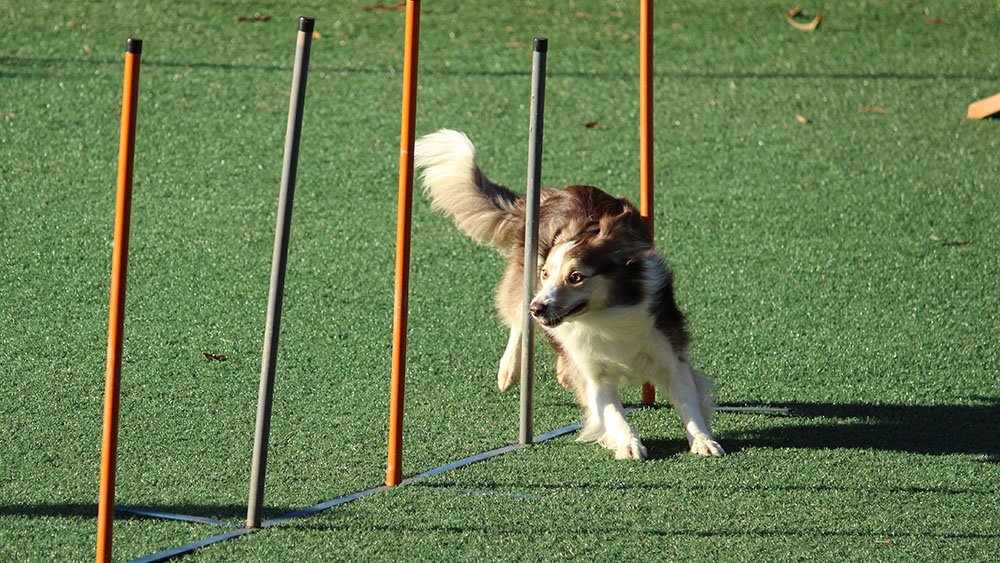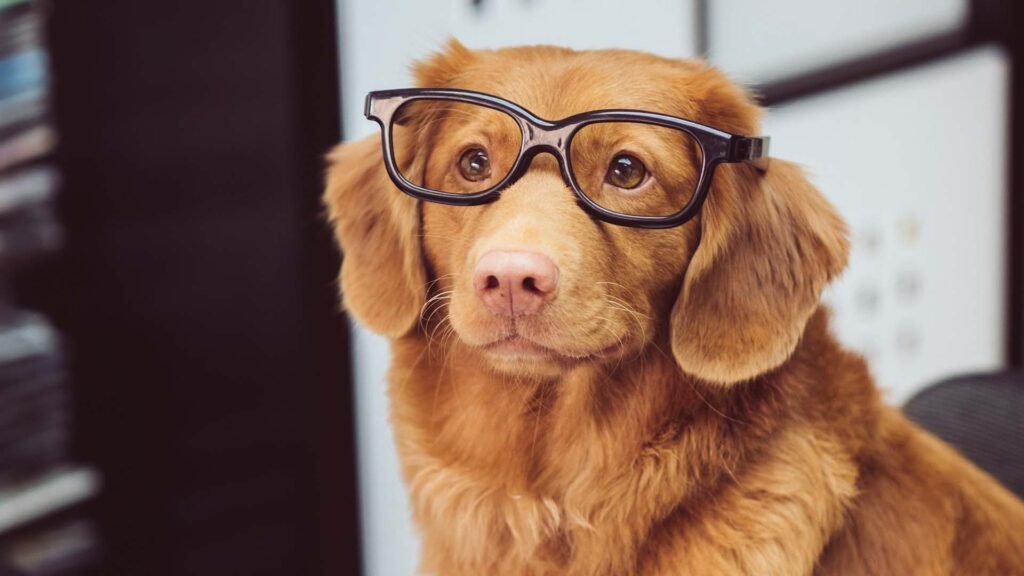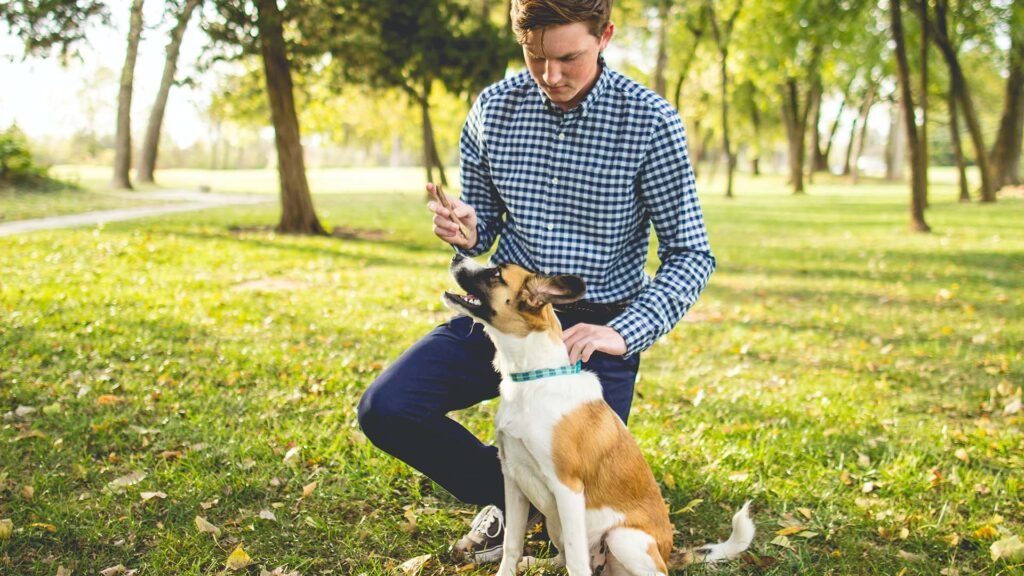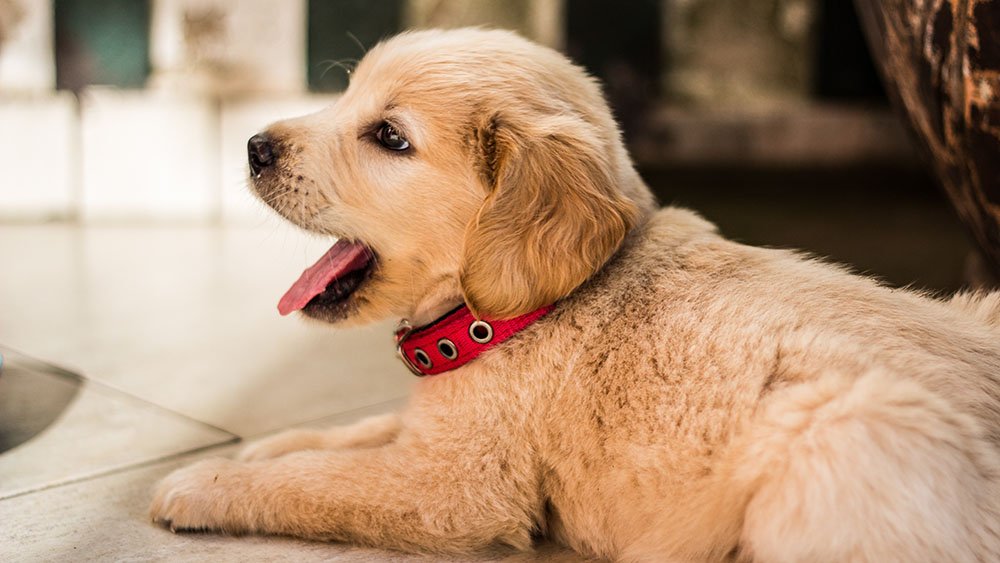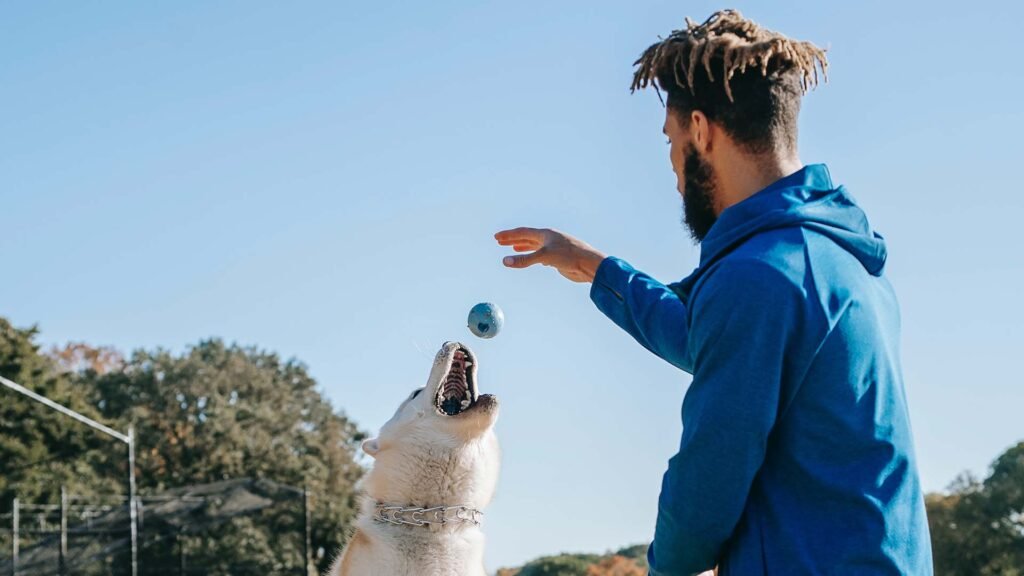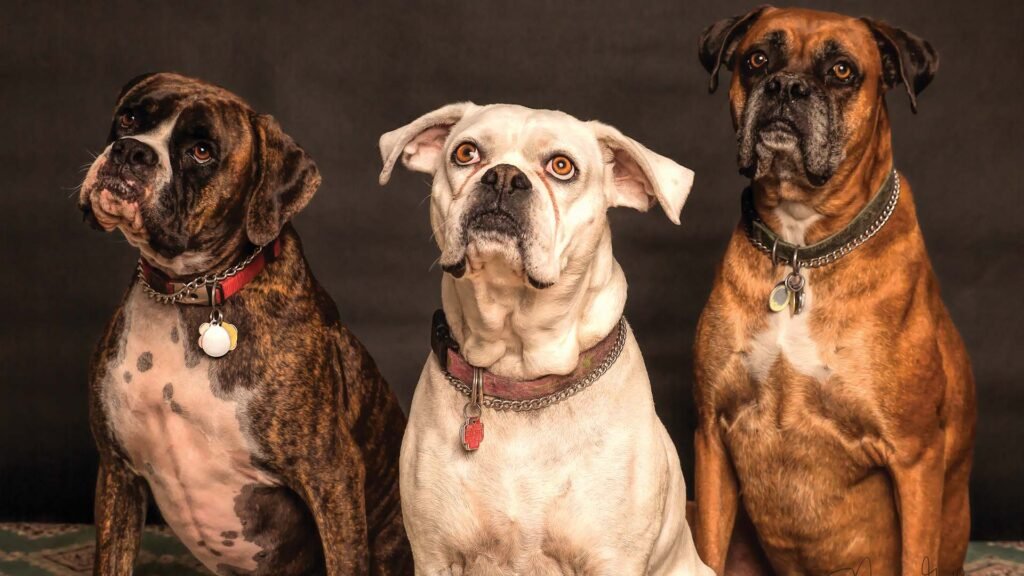For as long as anyone can remember, dogs have been man’s best friend. But how did these furry creatures become so integral to human society? And how have they evolved over time?

Dogs are a domesticated animal that has been kept by humans for thousands of years. They have evolved over time to become the perfect pet. There are many different breeds of dogs, each with their own unique set of characteristics. Dogs were originally bred for specific purposes such as hunting or herding. However, now they are mainly kept as companions. Dogs have a very close bond with humans and can be used as service animals. They are also known for their loyalty and intelligence.
Domestication: When And Where Dogs Were First Domesticated
Dogs are believed to have first been domesticated some 15,000 years ago. At that time, they were likely used for hunting and guarding livestock. Over the millennia, dogs have continued to play a variety of important roles in human society, from assisting with police work to providing comfort to the sick and elderly.
Despite their wide range of uses, dogs are all descended from a common ancestor: the gray wolf. Scientists believe that wolves began domestication about 12,000 years ago, when they started scavenging around human settlements. Gradually, over time, these wolves evolved into the dogs we know today.
The most popular belief is that dogs were first domesticated in the Middle East, where they were used as hunting partners and guard dogs. However, some evidence suggests that dogs may have been domesticated in China first. Regardless of where it happened, the process of dog domestication was a gradual one, with early humans selectively breeding wolves for traits that would make them more useful to humans. Dogs quickly became an integral part of human society, and they continue to be one of the most popular pets around the world.
Breed Development: The Breeds Of Dogs We See Today Developed Over Time
Many people think that the breeds of dogs we see today were developed in a short period of time, but in reality, they have evolved over centuries. Dogs were bred for specific purposes such as hunting or herding and the breeds we see today are a result of these selective breeding practices.

The breeds of dogs we see today developed over time. Through selective breeding, humans have been able to create different types of dogs that are better suited for certain tasks. For example, the Labrador Retriever was developed to retrieve game birds for hunters and the Australian Cattle Dog was bred to herd cattle. While there are some breeds that are more recent, such as the American Pit Bull Terrier, most breeds have a long history behind them.
Purpose: why dogs evolved to be such versatile animals
Dogs have been by humans’ side for as long as 30,000 years, evolving into the versatile animals they are today. They can be both working dogs and loyal companions. Dogs are able to herd sheep, act as Seeing Eye dogs for the blind, and even sniff out drugs or explosives. What is the reason behind this amazing versatility?
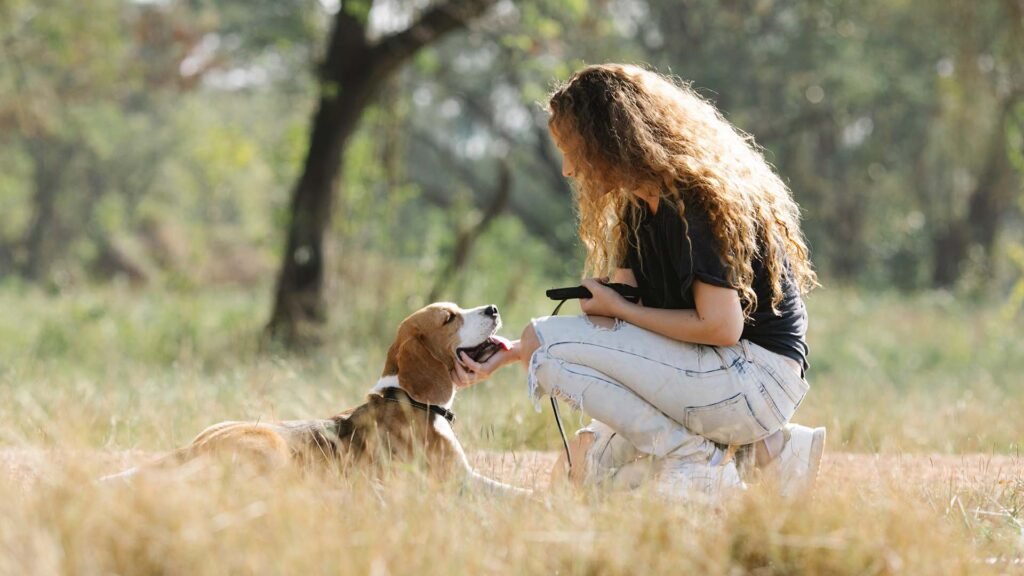
Dogs were originally bred from wolves in order to serve humans in different ways. As humans evolved and began to domesticate other animals, they also needed dogs to help with rounding up these animals and guarding them. Eventually, different breeds of dogs were developed for their unique abilities such as herding or hunting.
The close bond between humans and dogs has only increased each dog’s versatility. Dogs are now often used as therapy animals because of their natural ability to comfort people and make them feel happy.
Behavior: How dogs’ behavior has changed over time
Dogs are considered to be one of the most loyal animals to man. They have been domesticated for centuries and have served as working animals, pets, and companions. Over time, dogs’ behavior has changed – some say for the worse. While there are many factors that could contribute to this change, one of the most commonly cited reasons is the way people now treat their dogs.
Dogs are now bred to be companions and service animals and their behavior reflects that. They are much more friendly and social than their wild counterparts. Dogs are also much more adaptable and can live in a variety of environments.
Health: how dogs’ health has changed over time
A healthy dog is typically defined as one who is free from disease and enjoys a good quality of life. In the past, this generally meant that dogs were relatively robust and could fend for themselves quite well. They were bred for their working abilities, not their looks, so they were generally quite strong and athletic.

Nowadays, with the advent of mass breeding and the popularity of purebreds, many dogs are bred for their appearance rather than their health or ability. This has led to an increase in genetic disorders and other health problems in dogs; such as dogs being born with congenital defects, a hip dysplasia, eye and ear infections, and skin disorders.
As a result, keeping our dogs healthy requires more effort on our part than ever before.
In Conclusion,
Dogs have evolved over time into the loving and loyal companions we know and adore today. They are able to communicate with us in different ways, and we are able to understand them better than any other animal. Through domestication and selective breeding, dogs have become more diverse in their appearance, temperament, and abilities. They continue to play an important role in our lives, and we are grateful for all they do for us.
Here are some of the things we can learn from how dogs evolved over time:
1. Dogs are incredibly versatile and adaptive creatures. They can live in a variety of environments and can be trained to do a wide range of tasks.
2. Dogs are social animals and thrive when they have a strong bond with their human companions.
3. Dogs have a unique ability to read human emotions and respond accordingly. This makes them great companions for people with anxiety or depression.
4. Dogs are incredibly intelligent and can be trained to perform complex tasks.
5. Dogs need regular exercise and plenty of mental stimulation in order to stay healthy and happy.

